Orifice Meter
Introduction
An Orifice Meter is basically a type of flow meter used to measure the rate of flow of Liquid or Gas, especially Steam, using the Differential Pressure Measurement principle. It is mainly used for robust applications as it is known for its durability and is very economical. As the name implies, it consists of an Orifice Plate which is the basic element of the instrument. When this Orifice Plate is placed in a line, a differential pressure is developed across the Orifice Plate. This pressure drop is linear and is in direct proportion to the flow-rate of the liquid or gas. Since there is a drop in pressure, just like Turbine Flow meter, hence it is used where a drop in pressure or head loss is permissible.Principle:
When a liquid / gas, whose flow-rate is to be determined, is passed through an Orifice Meter, there is a drop in the pressure between the Inlet section and Outlet Section of Orifice Meter. This drop in pressure can be measured using a differential pressure measuring instrument. Since this differential pressure is in direct proportion to the flow-rate as per the Bernoulli's Equation hence the differential pressure instrument can be configured to display flow-rate instead of showing differential pressure. The working principle of Orifice Meter is the same, as that of Venturi meter.Construction:
Inlet Section
A linearly extending section of the same diameter as the inlet pipe for an end connection for an incoming flow connection. Here we measure the inlet pressure of the fluid / steam / gas.Orifice Plate
An Orifice Plate is inserted in between the Inlet and Outlet Sections to create a pressure drop and thus measure the flow.Outlet Section
A linearly extending section similar to the Inlet section. Here also the diameter is the same as that of the outlet pipe for an end connection for an outgoing flow. Here we measure the Pressure of the media at this discharge. As shown in the adjacent diagram, a gasket is used to seal the space between the Orifice Plate and the Flange surface, prevent leakage. << Click on image to enlargeSections 1 & 2 of the Orifice meter, are provided with an opening for attaching a differential pressure sensor (u-tube manometer, differential pressure indicator).
Material of construction:
The Orifice plates in the Orifice meter, in general, are made up of stainless steel of varying grades.Shape & Size of Orifice meter:
Orifice meters are built in different forms depending upon the application specific requirement, The shape, size and location of holes on the Orifice Plate describes the Orifice Meter Specifications as per the following:
- Concentric Orifice Plate
- Eccentric Orifice Plate
- Segment Orifice Plate
- Quadrant Edge Orifice Plate
Concentric Orifice Plate
It is made up of SS and its thickness varies from 3.175 to 12.70 mm. The plate thickness at the orifice edge should not be exceeded by any of following parameters:- 1 - D/50 where, D = The pipe inside diameter
- 2 - d/8 where, d = orifice bore diameter
- 3 - (D-d)/8
Eccentric Orifice Plate
It is similar to Concentric Orifice plate other than the offset hole which is bored tangential to a circle, concentric with the pipe and of a diameter equal to 98% of that of the pipe. It is generally employed for measuring fluids containing- Media having Solid particles
- Oils containing water
- Wet steam
Segment Orifice Plate
It has a hole which is a semi circle or a segment of circle. The diameter is customarily 98% of the diameter of the pipe.Quadrant Edge Orifice Plate
This type of orifice plate is used for flow such as crude oil, high viscosity syrups or slurries etc. It is conceivably used when the line Reynolds Numbers* range from 100,000 or above or in between to 3,000 to 5,000 with a accuracy coefficient of roughly 0.5%.Operation of Orifice meter:
- The fluid flows inside the Inlet section of the Orifice meter having a pressure P1.
- As the fluid proceeds further into the Converging section, its pressure reduces gradually and it finally reaches a value of P2 at the end of the Converging section and enter the Cylindrical section.
- The differential pressure sensor connected between the Inlet and the and the Cylindrical Throat section of the Orifice meter displays the difference in pressure (P1-P2). This difference in pressure is in direct proportion to the flow rate of the liquid flowing through the Orifice meter.
- Further the fluid passed through the Diverging recovery cone section and the velocity reduces thereby it regains its pressures. Designing a lesser angle of the Diverging recovery section, helps more in regaining the kinetic energy of the liquid.
Specifications of Orifice meter:
- Line Size: 6 mm to 800 mm
- Accuracy: +/-0.5% to +/-3.0%.
- Operating Temperature (Max.): Upto 800 degC
- Operating Pressure (Max.): Upto 400 bar
Applications of Orifice meter:
- Natural Gas
- Water Treatment Plants
- Oil Filtration Plants
- Petrochemicals and Refineries
Advantages of Orifice meter:
- The Orifice meter is very cheap as compared to other types of flow meters.
- Less space is required to Install and hence ideal for space constrained applications
- Operational response can be designed with perfection.
- Installation direction possibilities: Vertical / Horizontal / Inclined.
Limitations of Orifice meter:
- Easily gets clogged due to impurities in gas or in unclear liquids
- The minimum pressure that can be achieved for reading the flow is sometimes difficult to achieve due to limitations in the vena-contracta length for an Orifice Plate.
- Unlike Venturi meter, downstream pressure cannot be recovered in Orifice Meters. Overall head loss is around 40% to 90% of the differential pressure .
- Flow straighteners are required at the inlet and the outlet to attain streamline flow thereby increasing the cost and space for installation.
- Orifice Plate can get easily corroded with time thereby entails an error.
- Discharge Co-efficient obtained is low.
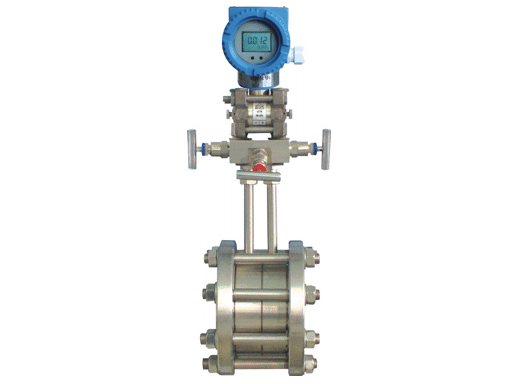
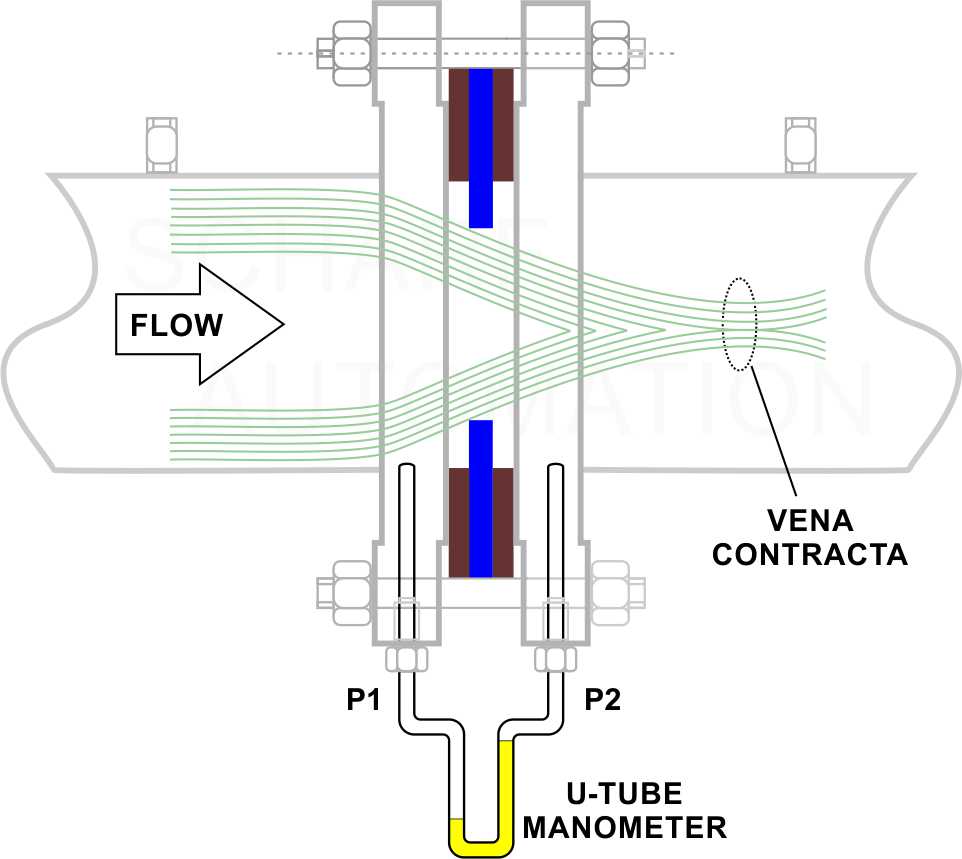
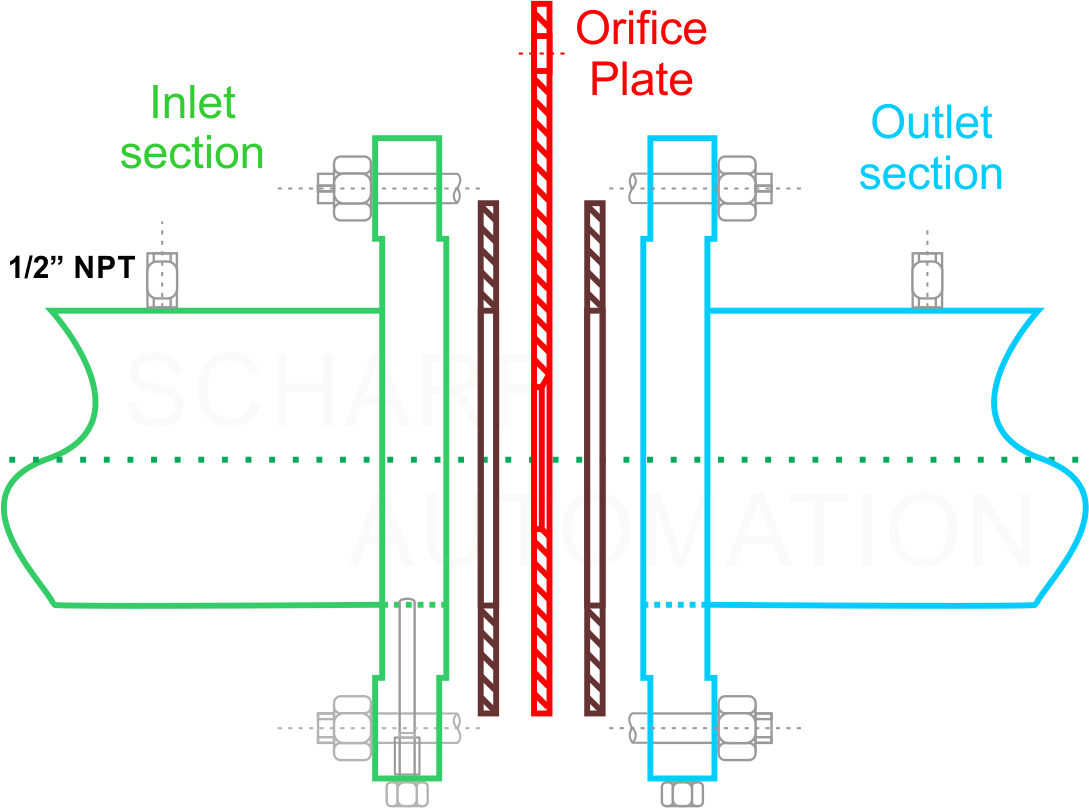

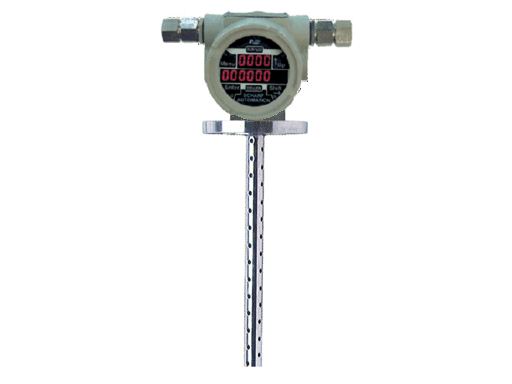

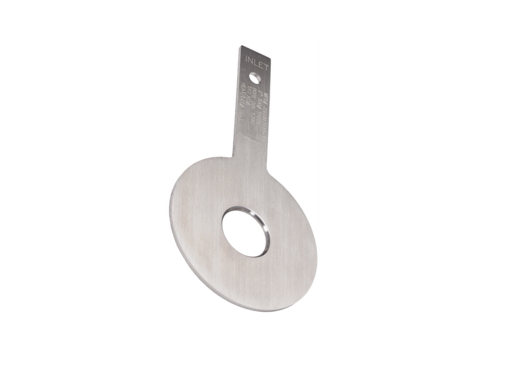
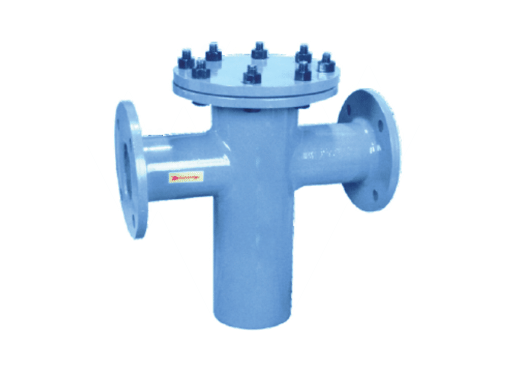
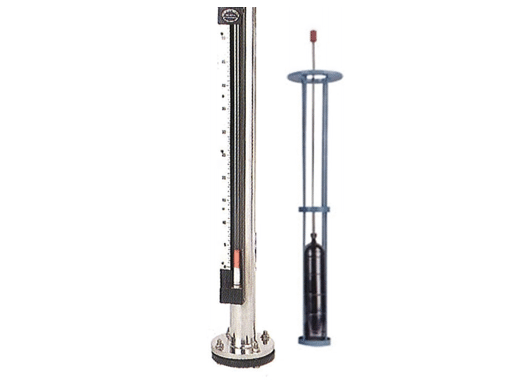
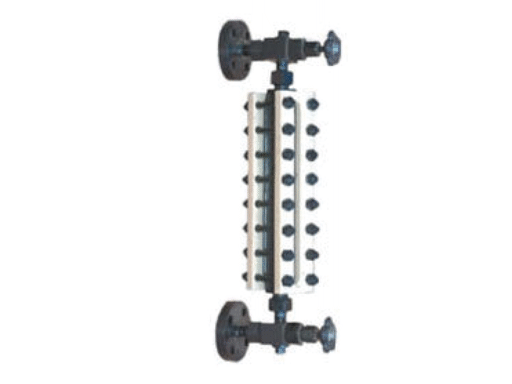

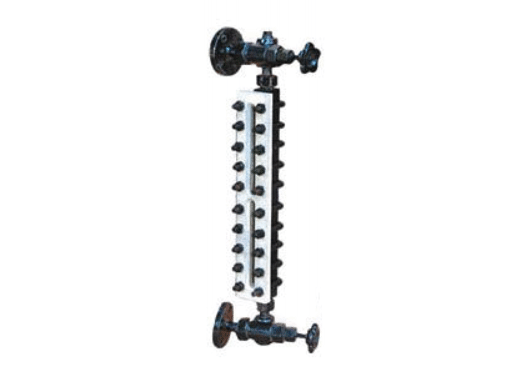
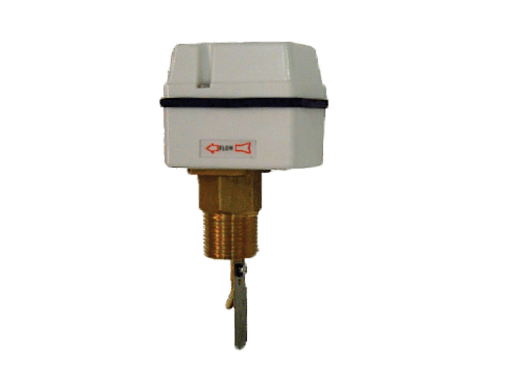


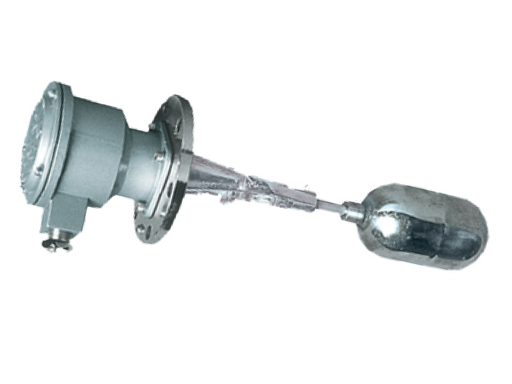
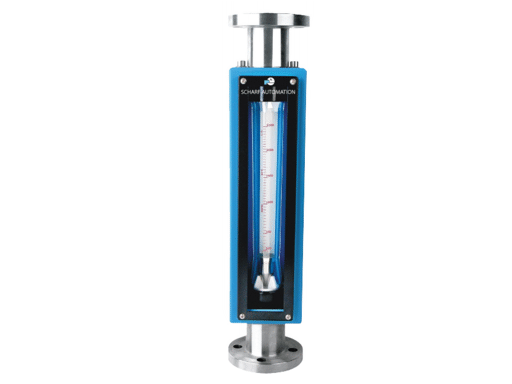
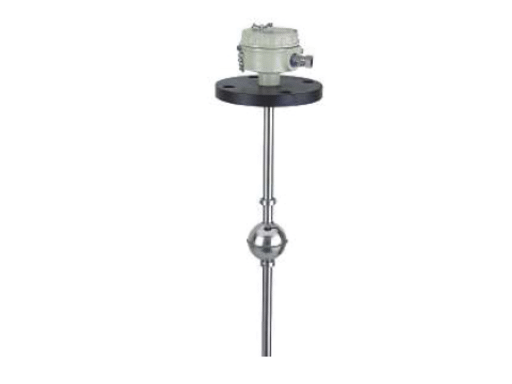
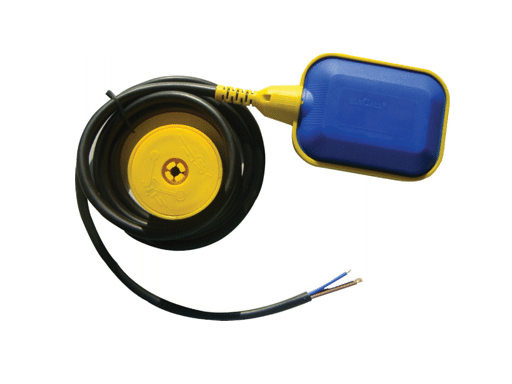
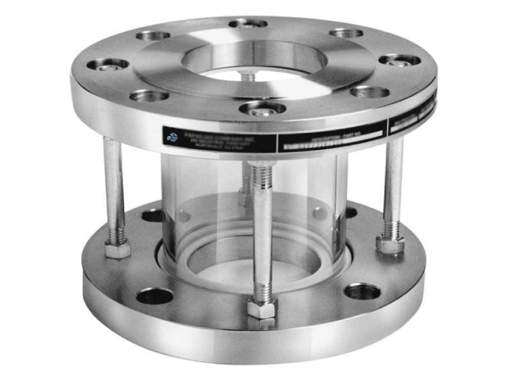
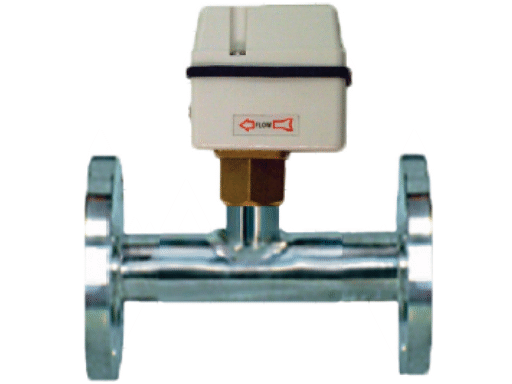
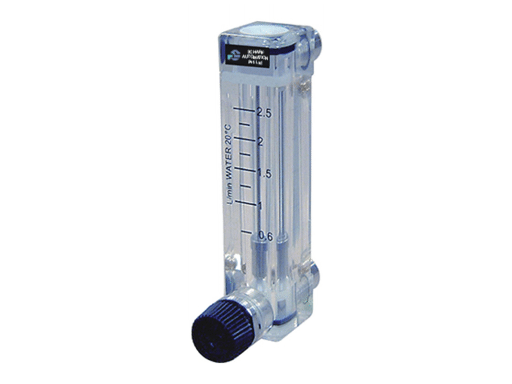
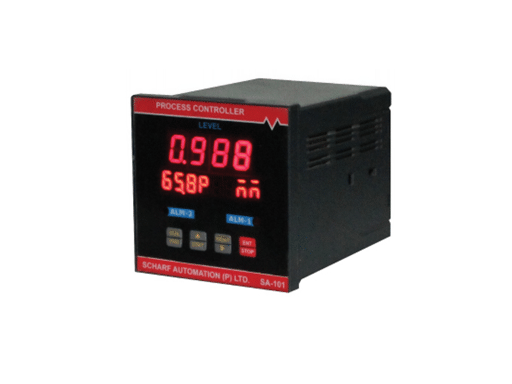
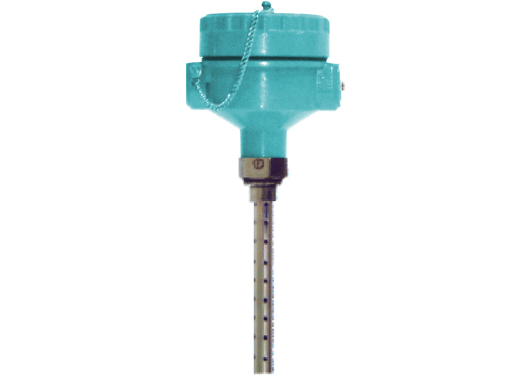
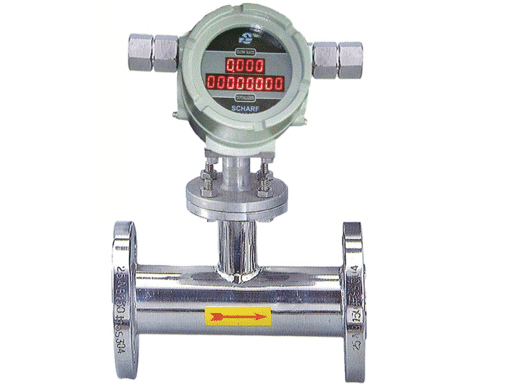
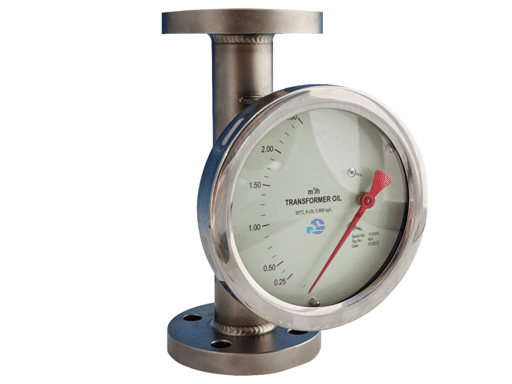
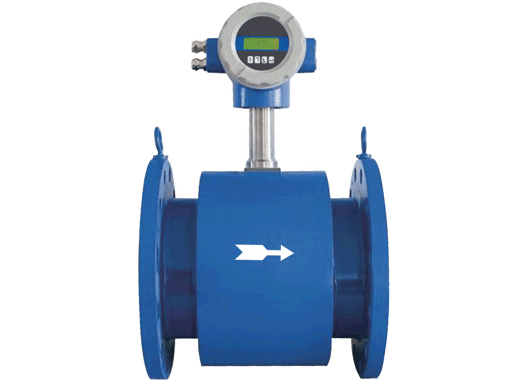
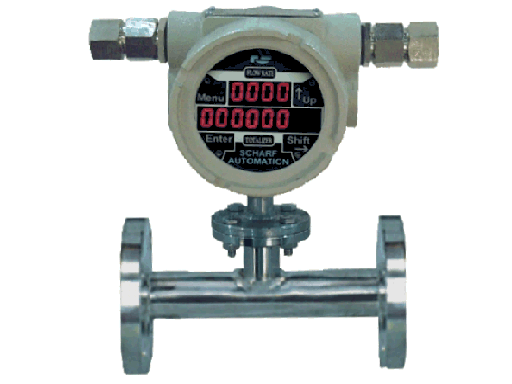
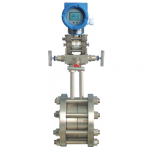
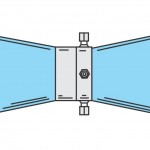
Comments
why orifice meter is used in almost every oil & gas industry instead of venturi meter?
Orifice meter are used because they need very little space. Venturi need more space.
I find Orifice meters very useful for steam applications . Very well written post. As a person coming from Instrumentation field, this post is very informative.
Thank you sir.